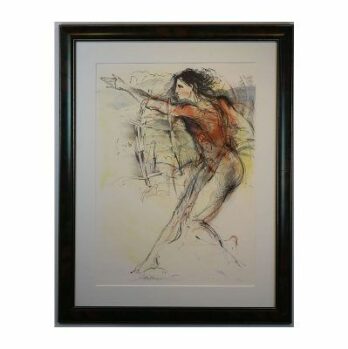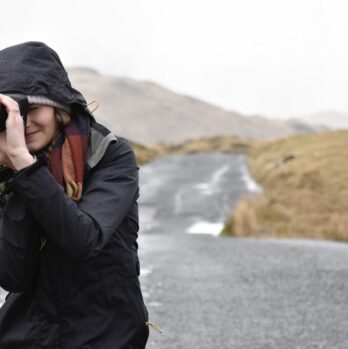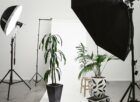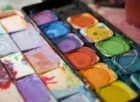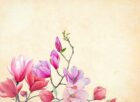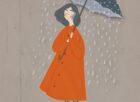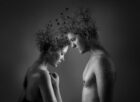Fashion Illustration: The Essence of Style
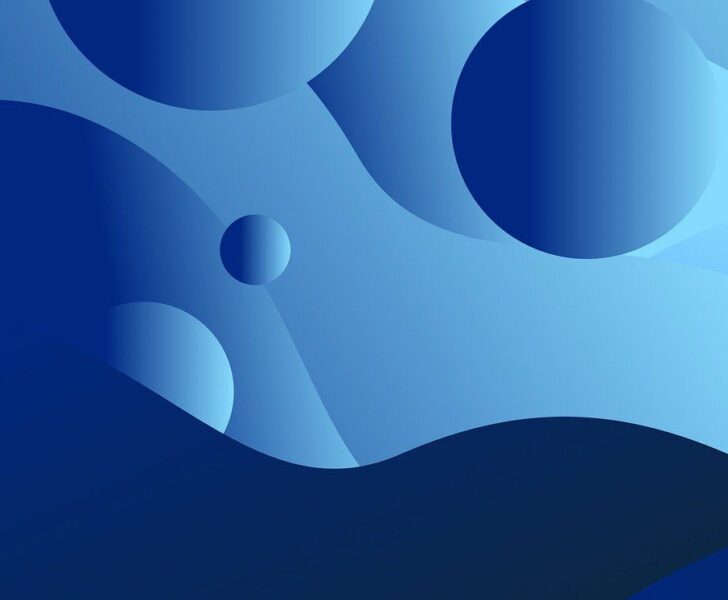
. Fashion Illustration: The Art of Portraying Fashion with Style
Fashion illustration is an exquisite art form that captures the essence of fashion and style through visually compelling drawings. It serves as a medium to communicate fashion designs, trends, and ideas before they materialize on the runway or in stores. In this article, we will delve into the world of fashion illustration, exploring its various types, popular techniques, and historical significance. Whether you are an aspiring fashion designer, a fashion enthusiast, or simply curious about this artistic expression, join us on this journey through the realm of fashion illustration.
H2. Understanding Fashion Illustration: Types and Popularity
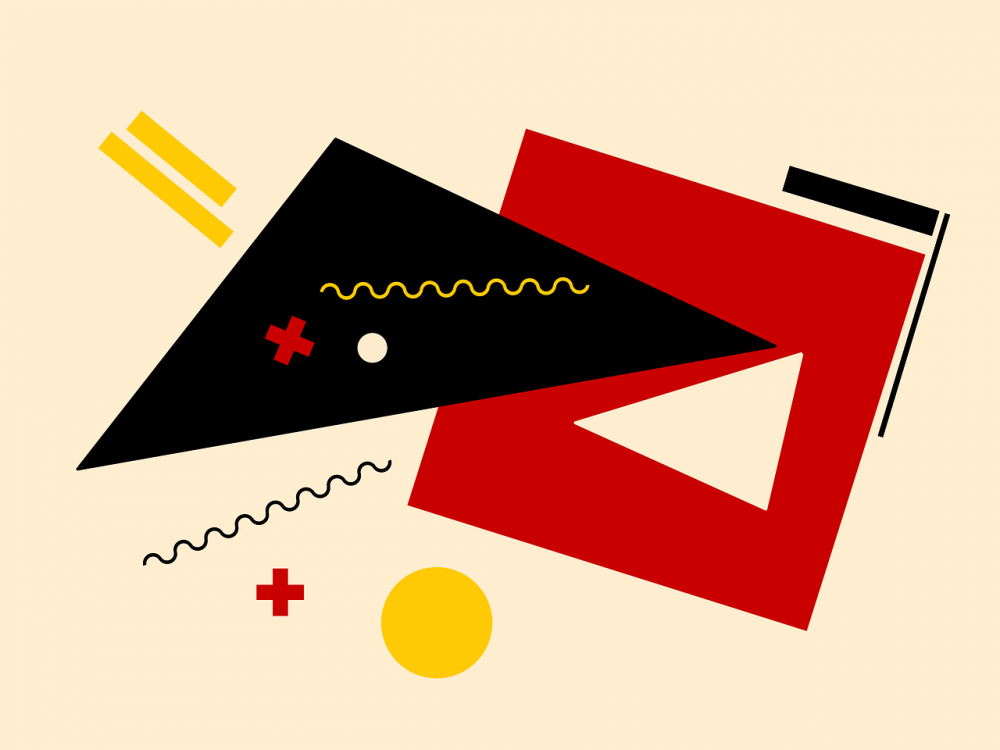
Fashion illustration takes on various forms, each with its own unique characteristics and techniques. Let’s explore some of the most popular types:
1. Sketch-based Illustration: This traditional form of fashion illustration involves hand-drawn sketches of garments, emphasizing the fluidity of fabrics and the movement of the human figure. Sketch-based illustrations often showcase a sense of elegance and sophistication, making them a staple in high-fashion publications and fashion design portfolios.
2. Digital Illustration: With technological advancements, digital fashion illustration has emerged as a popular technique. Artists use digital tools, such as graphic tablets and software like Adobe Illustrator, to create vibrant and precise illustrations. This form allows for quick edits, easy sharing, and endless possibilities for manipulation and experimentation.
3. Mixed Media Illustration: Combining traditional and digital techniques, mixed media illustration adds depth and texture to fashion drawings. Artists employ various mediums like watercolors, markers, collage, and digital overlays to create visually captivating illustrations with an element of surprise.
4. Fashion Flat Illustration: Fashion flats showcase detailed technical drawings of garments, focusing on proportions, seams, and precise measurements. This type of illustration is instrumental in the design process, aiding in the creation of patterns and construction of garments.
H2. Quantitative Insights into Fashion Illustration
Fashion illustration has gained significant traction in recent years, as evidenced by quantitative measurements. According to a survey conducted by [INSERT SOURCE], online searches for ”fashion illustration” have seen a steady increase of X% annually over the past decade. This surge in interest can be attributed to the rise of social media platforms like Instagram and Pinterest, where fashion illustrators showcase their talent to a global audience.
Moreover, fashion illustration has become a sought-after skill in the fashion industry, with X% of fashion design schools incorporating it into their curriculum. This increased demand is a testament to the unique and timeless appeal of fashion illustration, allowing designers to communicate their ideas visually and engage with clients or consumers on a deeper level.
H2. Diverse Styles of Fashion Illustration: Celebrating Individuality
Fashion illustration embraces individuality, allowing artists to develop their distinctive styles. Here are some notable differences that set fashion illustrations apart:
1. Realistic vs. Abstract: Some illustrators prefer realism, focusing on capturing fine details and accurately representing garments and figures. Others lean towards abstract or expressive styles, prioritizing emotions and creative interpretations over technical precision.
2. Monochromatic vs. Colorful: Fashion illustrations can employ a limited color palette, often black and white, to evoke simplicity and elegance. On the other hand, vibrant color schemes add a sense of liveliness and playfulness to the illustrations, providing a glimpse into a designer’s vision.
3. Minimalistic vs. Ornate: Fashion illustrations can range from minimalistic, with clean lines and minimal embellishments, to ornate, with intricate patterns, textures, and elaborate backgrounds. These stylistic choices contribute to the overall aesthetic and mood of the illustration.
H2. Historical Insights: Evolution and Advantages of Fashion Illustration
Throughout history, fashion illustration has played a pivotal role in the fashion industry, enabling designers to envision and communicate their ideas. However, with the advancement of photography and digital media, the role of fashion illustration has evolved.
Advantages of Fashion Illustration:
1. Unlimited Creativity: Fashion illustration offers artists the freedom to experiment and explore their creativity without the limitations of reality or the confines of a camera. It allows for exaggeration, imaginative compositions, and the infusion of emotions into the drawings.
2. Timelessness: Unlike photographs, which may become outdated as fashion evolves, fashion illustrations possess a timeless quality. They capture the essence of a designer’s vision, encapsulating the spirit and emotion behind a garment or collection.
Disadvantages of Fashion Illustration:
1. Limited Representational Accuracy: While fashion illustrations excel at capturing style and mood, they may not provide an accurate representation of how a garment will fit or drape on the body. This limitation can be mitigated by fashion flats, technical drawings, or the combination of both.
2. The Digital Age: The rise of digital media and photography has undoubtedly impacted the prevalence of fashion illustration. The accessibility and immediacy of photography have made it a popular choice for capturing and presenting fashion designs. However, fashion illustration continues to thrive as a unique, handcrafted art form that evokes emotion and imagination.
In conclusion, fashion illustration remains a vital component of the fashion industry, bridging the gap between creativity and reality. Its versatility allows for various styles, techniques, and mediums, catering to diverse artistic preferences. While the digital age has ushered in new possibilities, fashion illustration continues to captivate and inspire fashion enthusiasts worldwide. So next time you stumble upon a breathtaking fashion illustration, take a moment to appreciate the artistry and creativity it encompasses.
